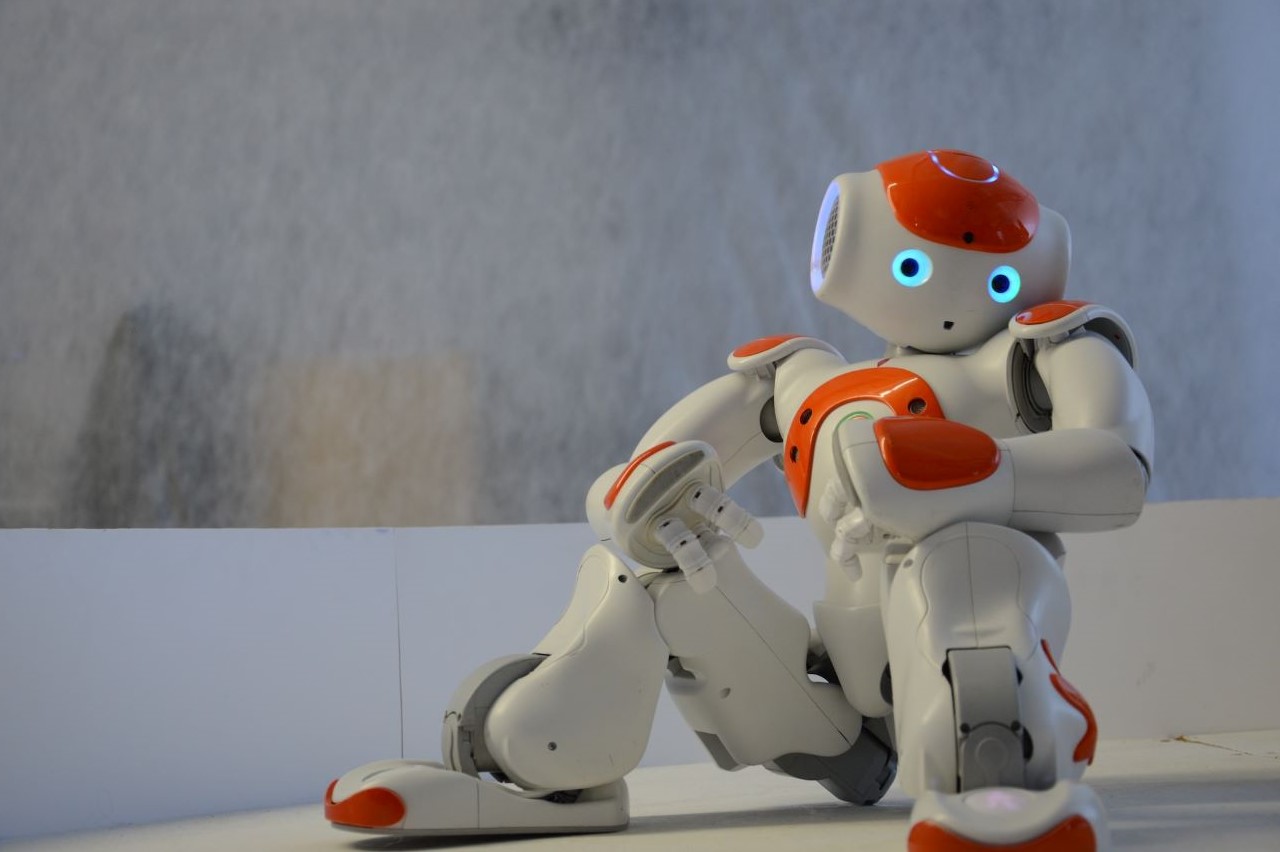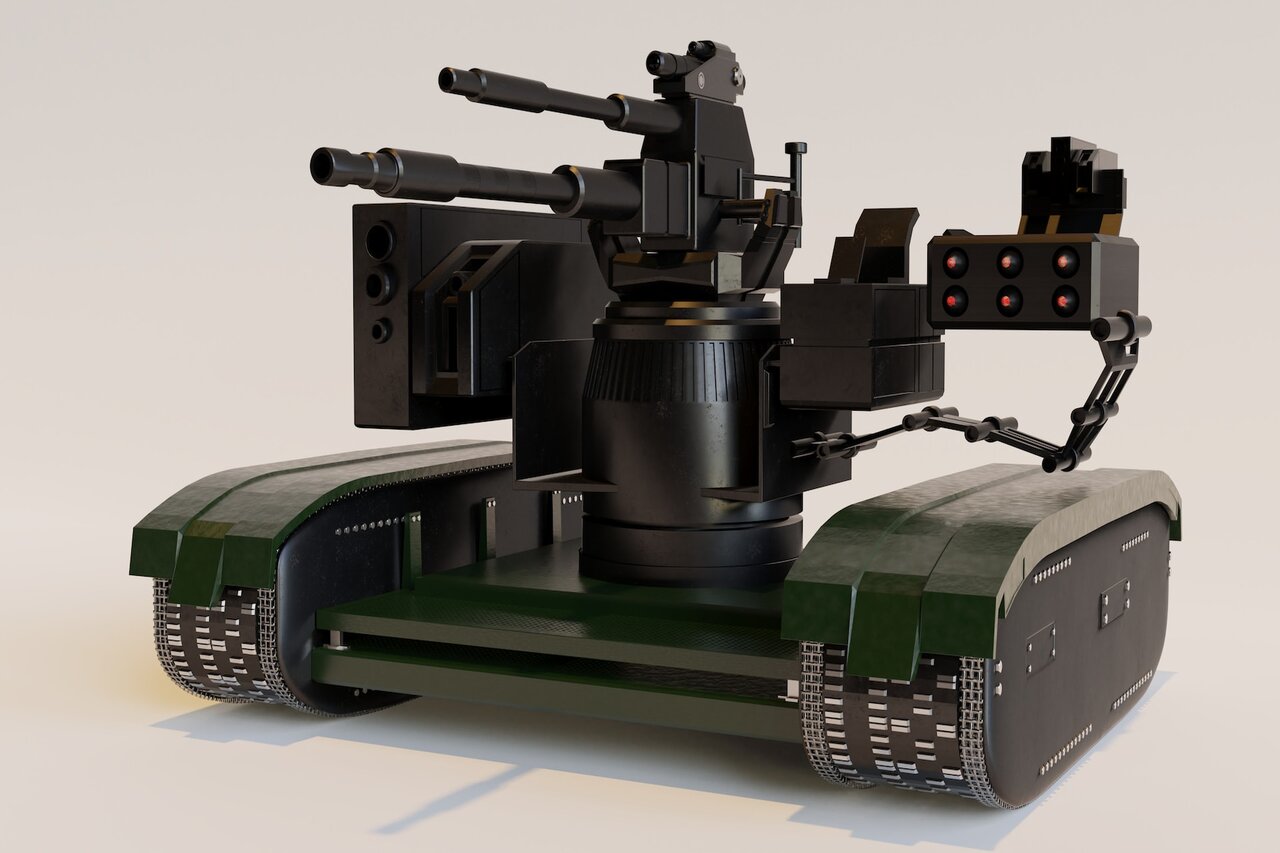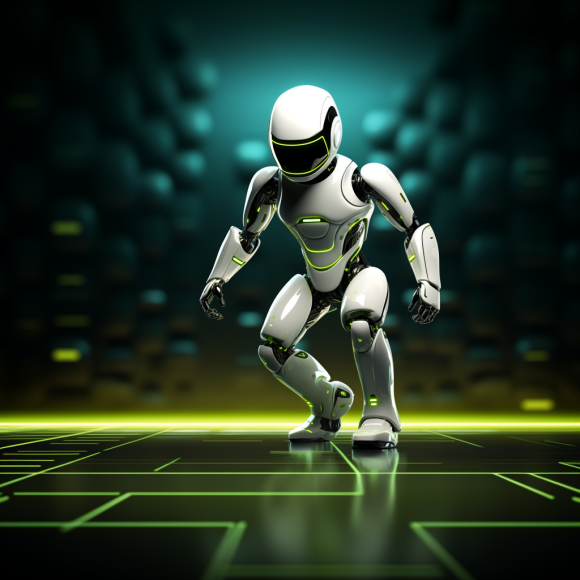What’s the first thing that comes to your mind when you hear the word “robot”? You may think of the futuristic depictions in movies or on TV. Maybe what comes to mind is something entirely different — like the robots in manufacturing facilities that help assemble products. The truth is, there are many different types of robots and they each serve different purposes. Though there are many categories, the following are some of the most common.
Industrial Robots
Industrial robots are those which you’ll find in warehouses, manufacturing plants and maintenance facilities. These types of robots are perhaps the subtlest example. They can operate with little human input and at speeds and efficiency greater than any human. Often, they perform tasks like assembling parts, packaging products, painting or welding. After a human programs them, they’re set to get started.
The reason these robots are becoming so popular is because they’re quick and exact. The faster they work, the more they can accomplish. In turn, this efficiency drives profits for the company. These semi-autonomous robots prove their worth through a quick return on investment (ROI).
Autonomous Robots
While industry robots require some guidance and programming, other robots can operate entirely on their own. Most commonly, you’ll find these types of robots to be simple, household devices that perform small-scale tasks. The Roomba, for instance, is an autonomous robotic vacuum that you can start and let roam, cleaning your house without your supervision.
Developers of these kinds of robots are expanding their range, too. For example, the Roomba creator branched out into autonomous lawnmowers as of last year, which quickly became a hit. With innovative technology, these robots take care of the mindless tasks for you.
Humanoid Robots
Alas, here are the robots that movies so often depict as sketchy in the future. However, in reality, humanoid robots are much more fun than they get credit for. These types of robots mimic human behaviors like speech patterns and conversations or mannerisms. You might know the most common example as Sophia the robot, a Hanson Robotics creation.
Sophia is changing the way industries think about artificial intelligence (AI). Since she mimics the abilities to think and speak like humans, she shows how far AI has come — and how far it can go in the future. As these robots become more popular, you’ll see how science and technology are able to bring robots to new levels.
Human-Operated Robots
Human-operated robots encompass a large range across industries. For instance, medical robots can help with various surgeries. A person can control them from the robot or from a distance, remotely. Elsewhere in the medical industry, prosthetics are another form of robotics that gives new abilities to people who need them.
This versatile category expands to things like underwater robots. These innovations can explore, take measurements and collect information in areas that humans can’t reach or that might be dangerous. These types of robots can discover new territory in the vastly mysterious ocean.
From ocean to air, one of the most popular human-operated robots is the drone. These are becoming wildly popular for recreational and professional use. For instance, many solar farms are using drones for maintenance, speeding up the process and lowering costs along the way.
Emergency Robots
Another important use of drones is in the search and rescue field. Drones have high-definition cameras that can also integrate thermal properties. Finding lost individuals becomes easier with these robots, especially in heavily wooded areas. Since drones can cover ground faster than humans can on foot, they are invaluable during these situations.
Other emergency robots can help assessing disasters and enduring harsh conditions, like extreme weather or debris. They can investigate areas that are too dangerous for rescuers and help locate those in need. As technology continues to advance, these types of robots become more useful than ever. In instances of emergencies, they are now lifesaving, too.
Numerous Industries Rely on These Types of Robots
Each of these types of robots is becoming more common as technology develops. Some operate on small scales, like the Roomba, while others can save lives in search and rescue operations. Each robot serves a purpose and contributes to a more efficient and advanced society.
Recent Stories
Follow Us On
Get the latest tech stories and news in seconds!
Sign up for our newsletter below to receive updates about technology trends














